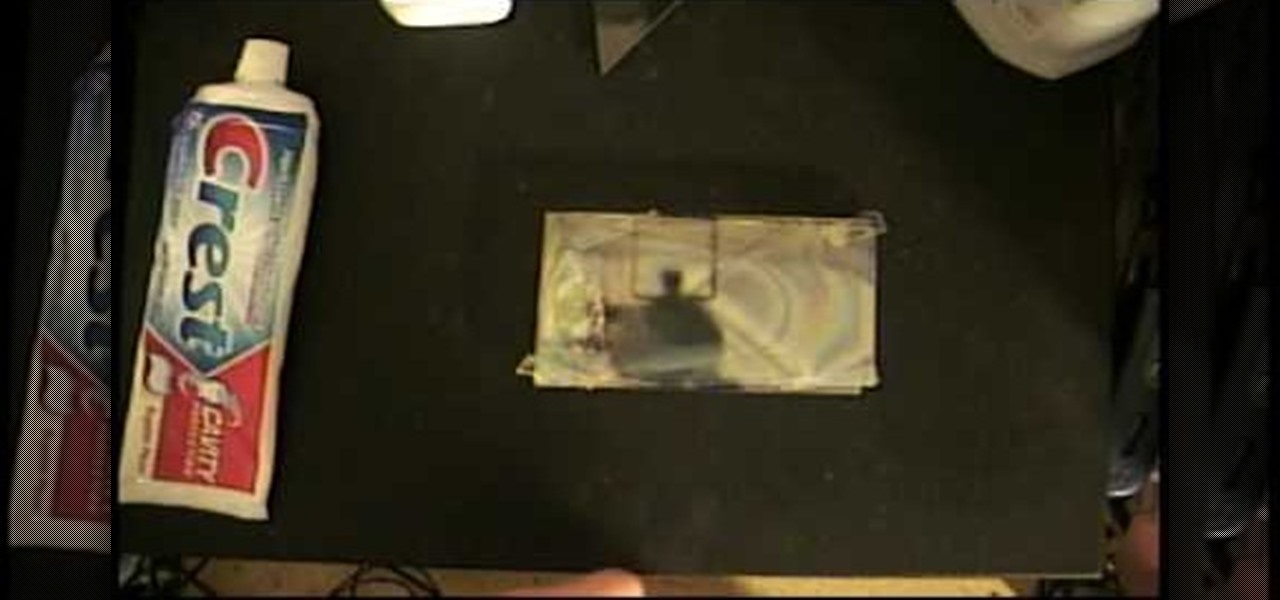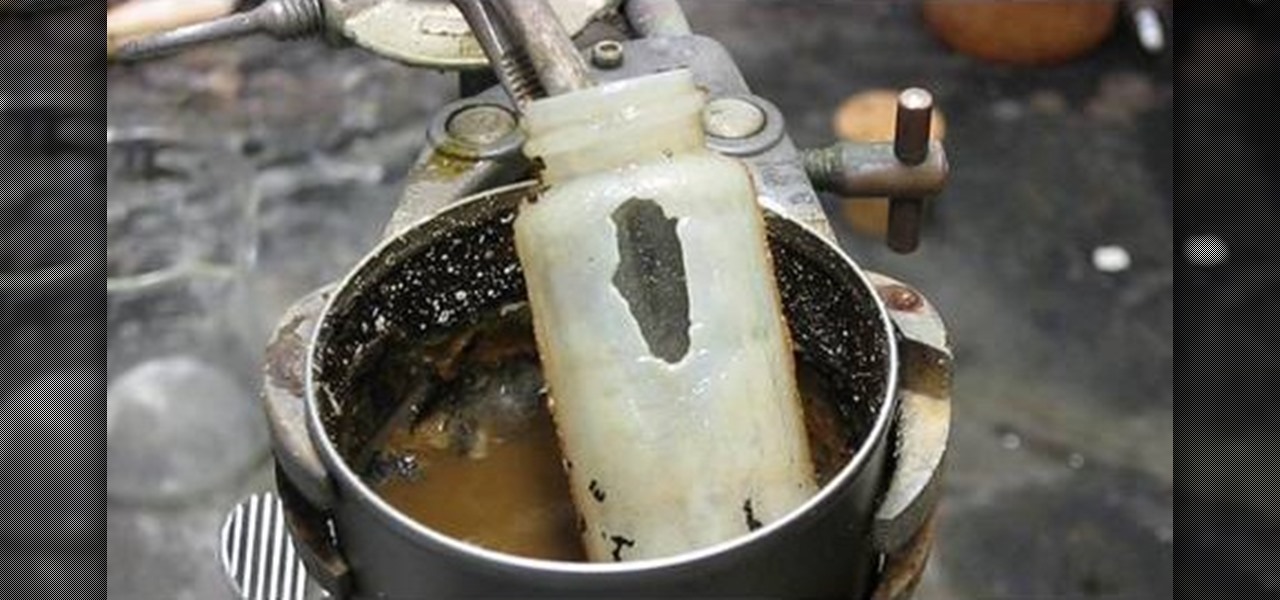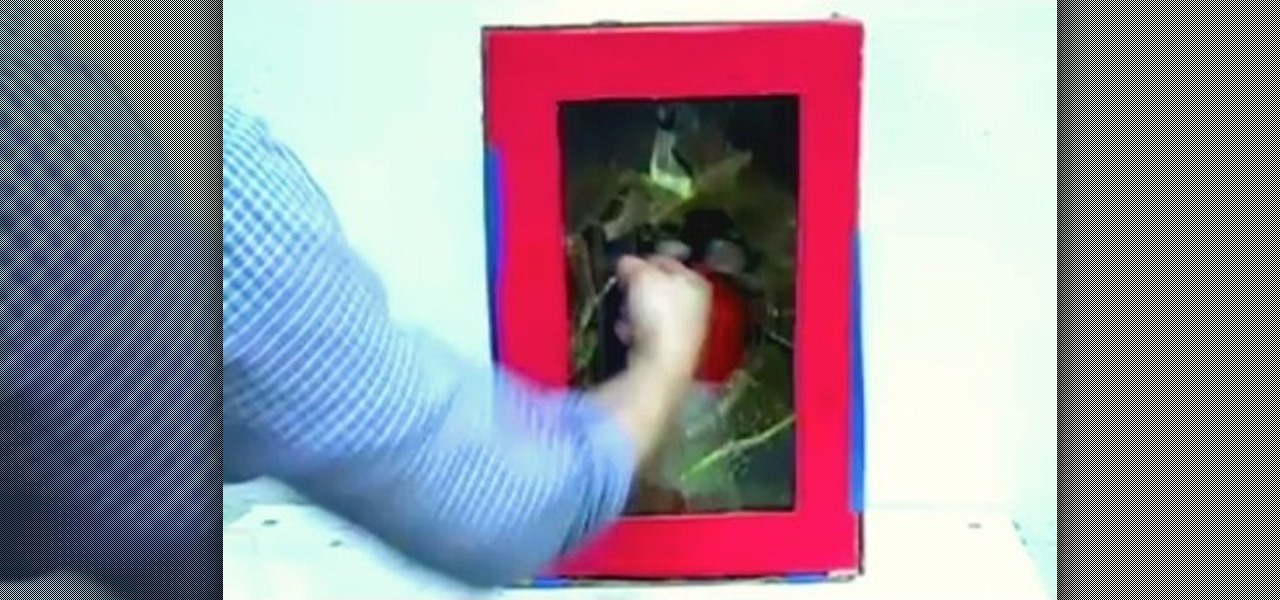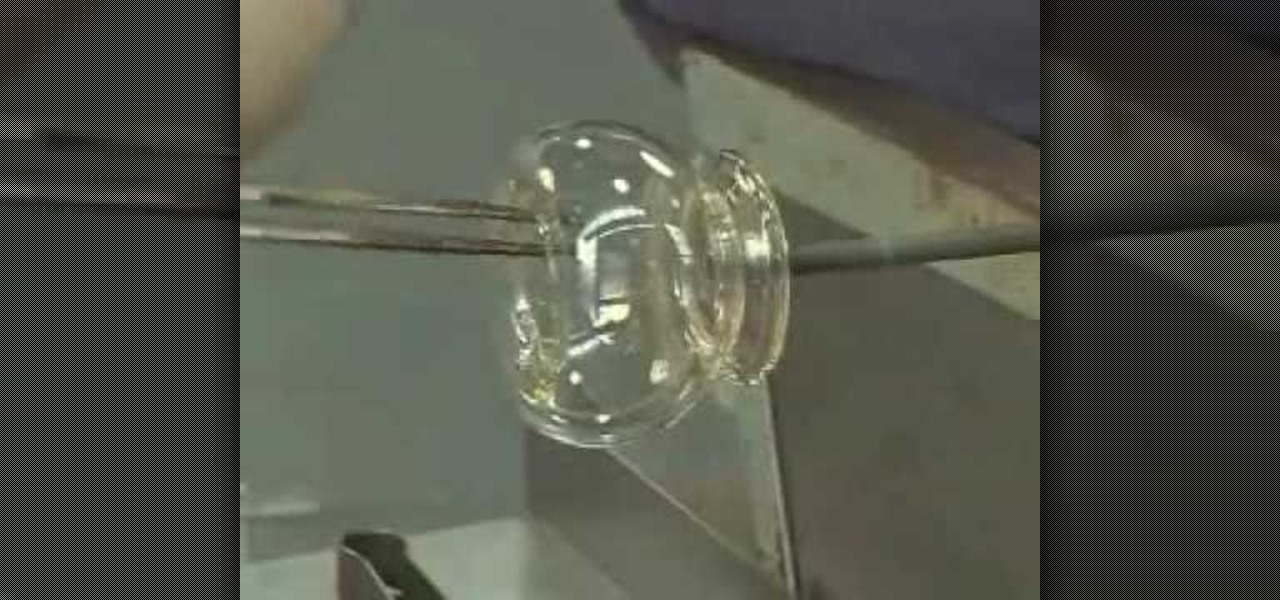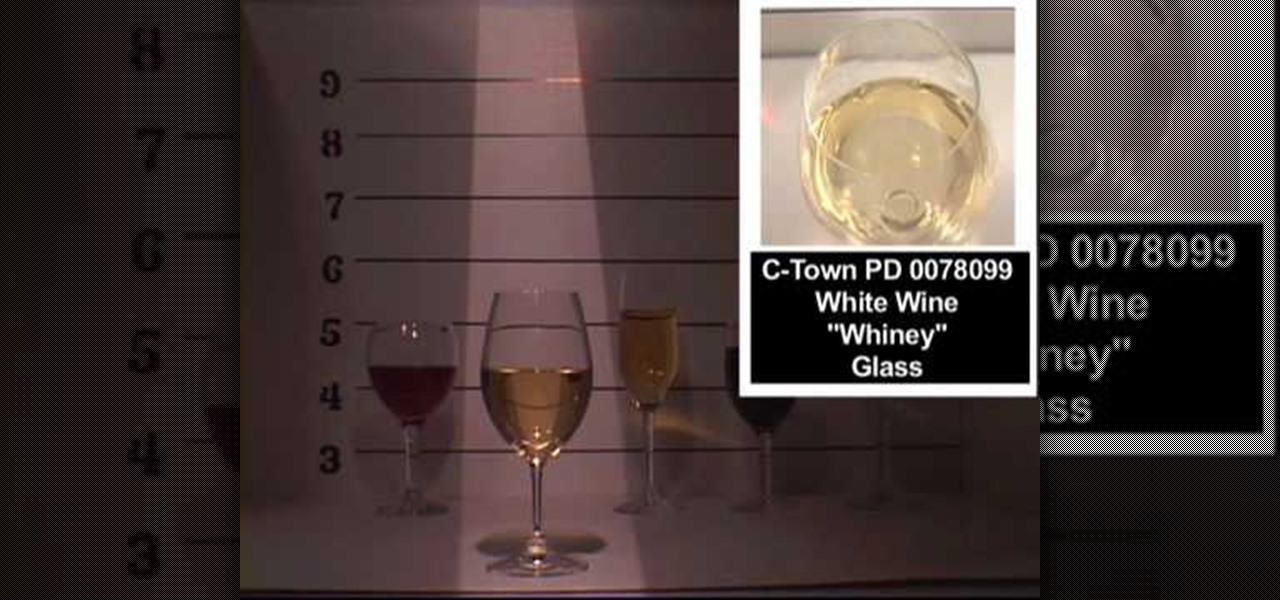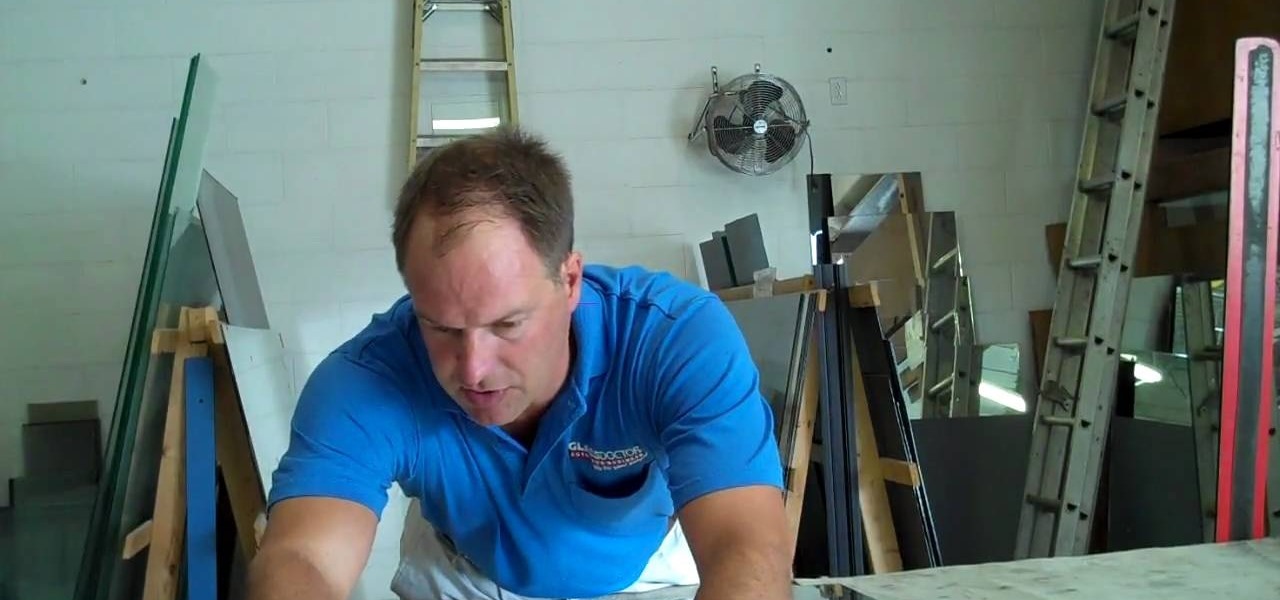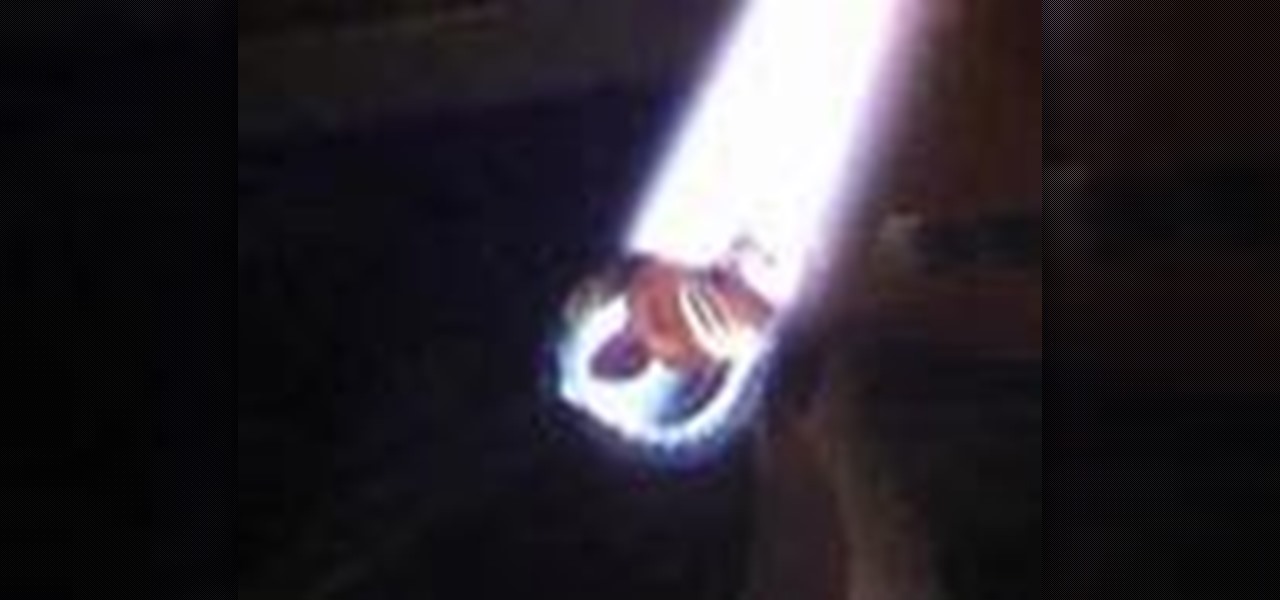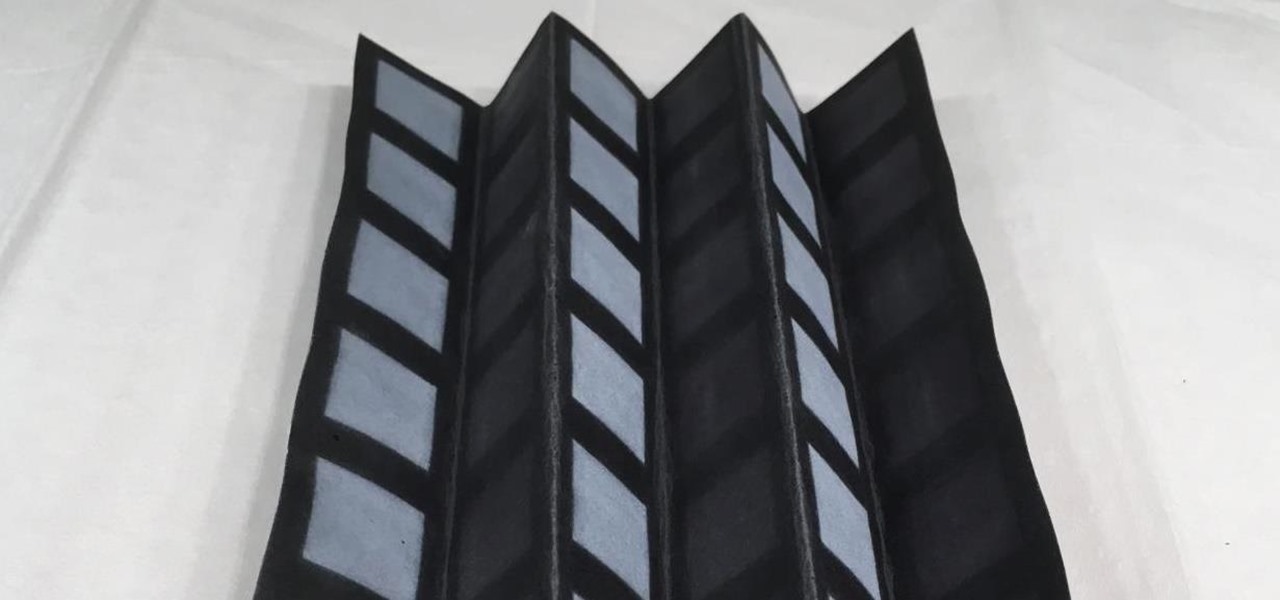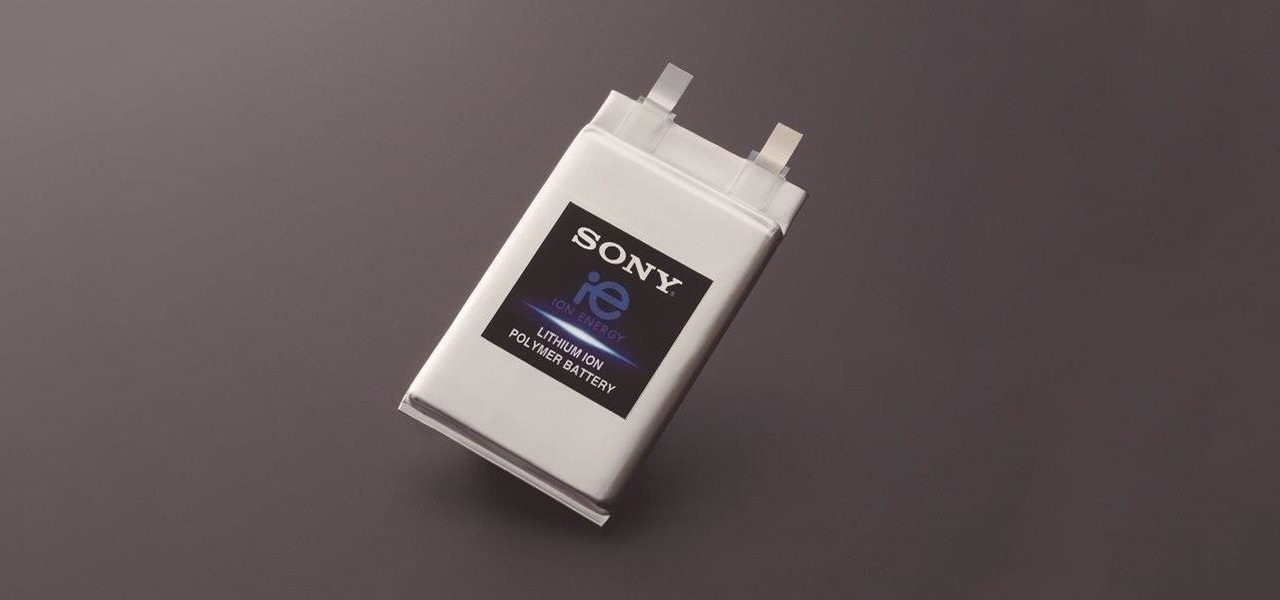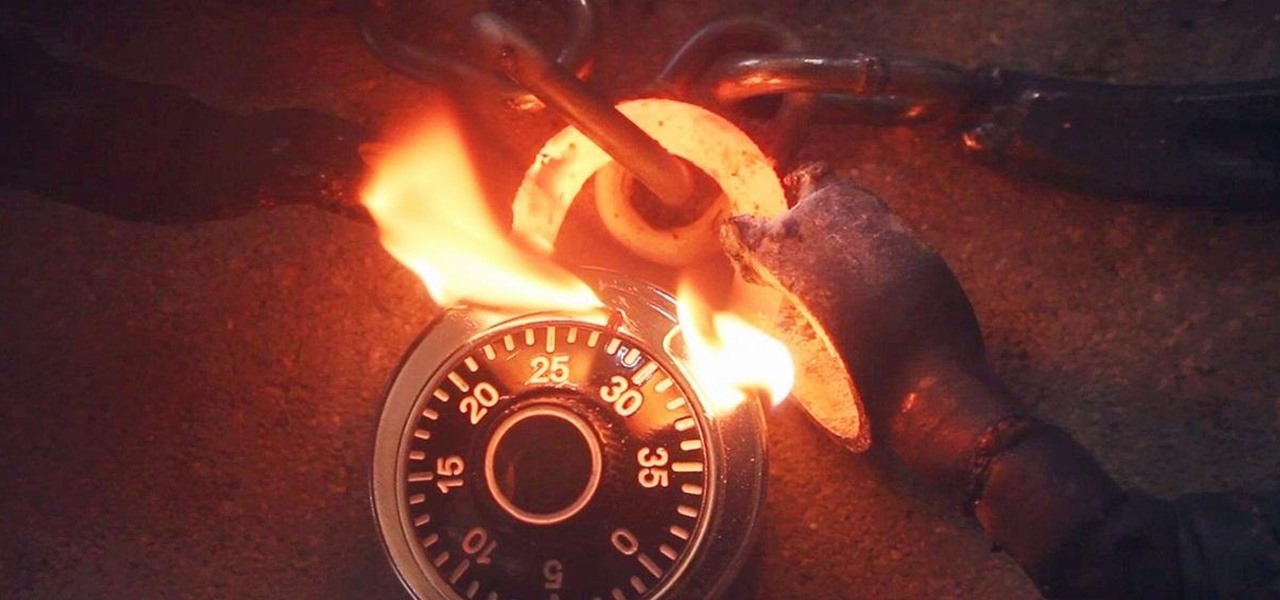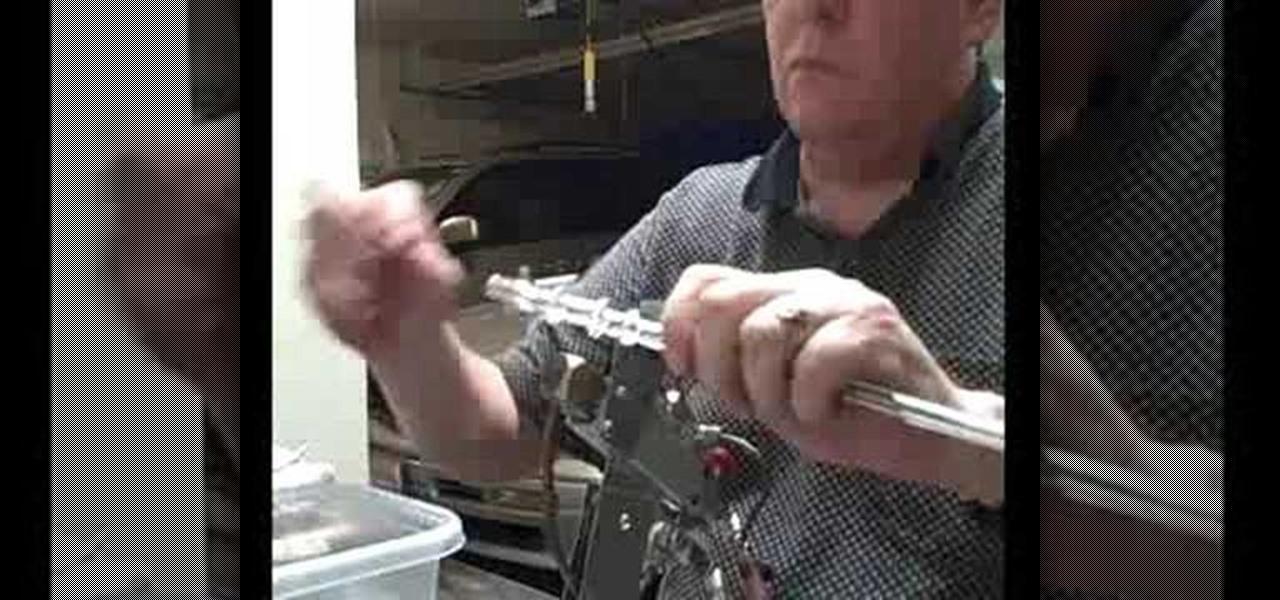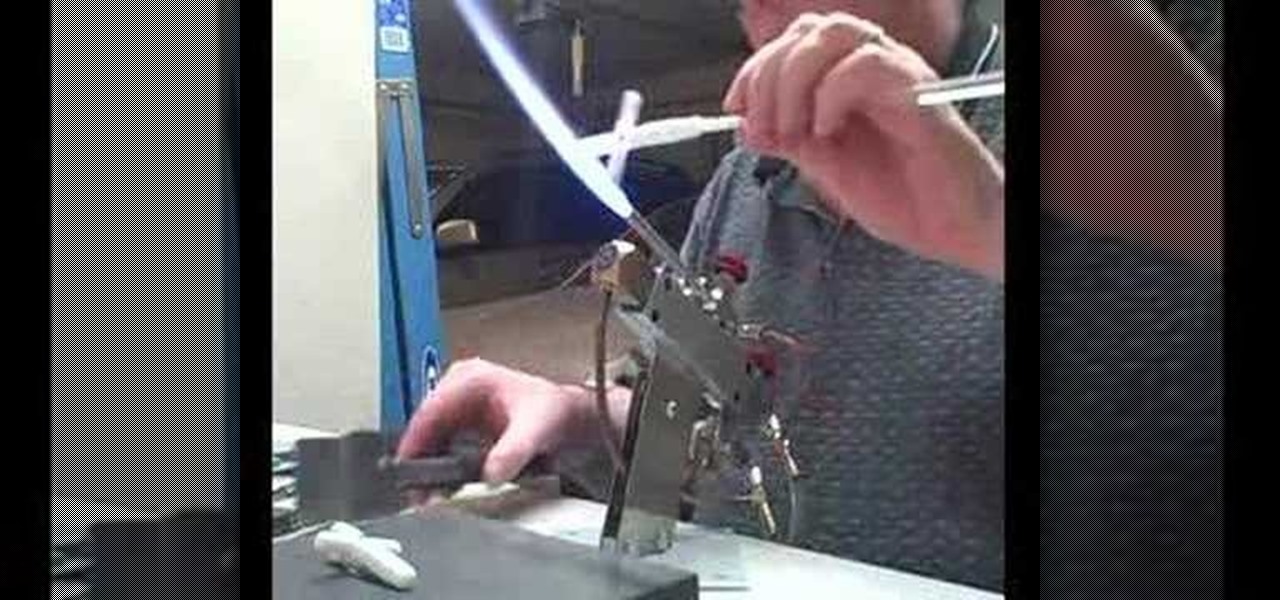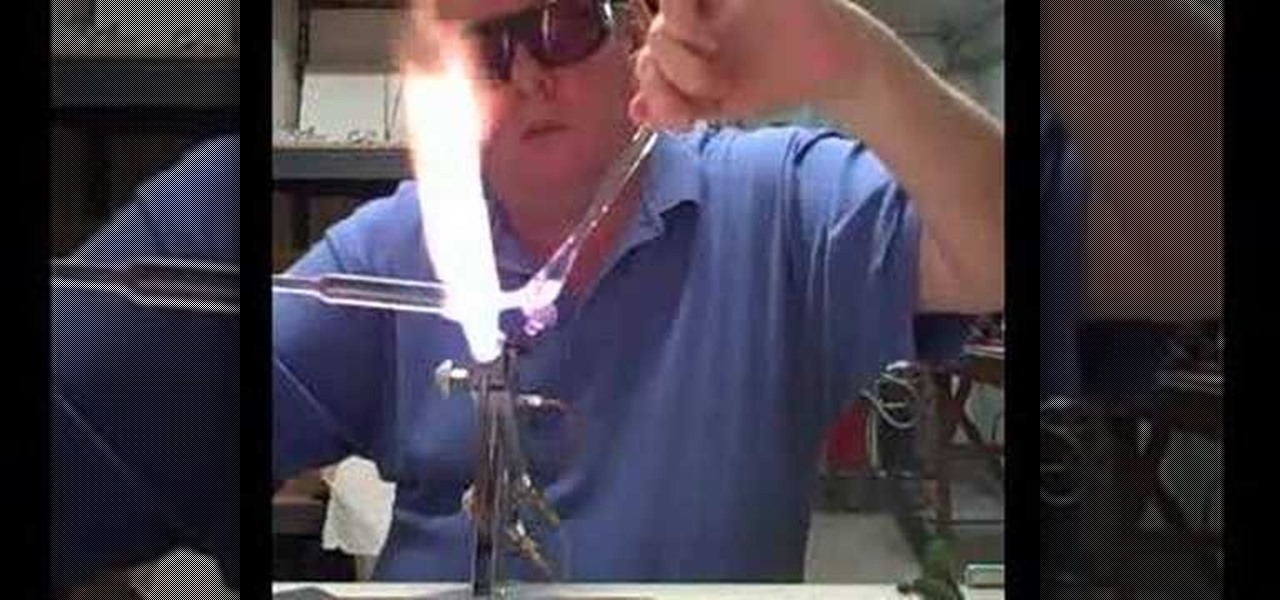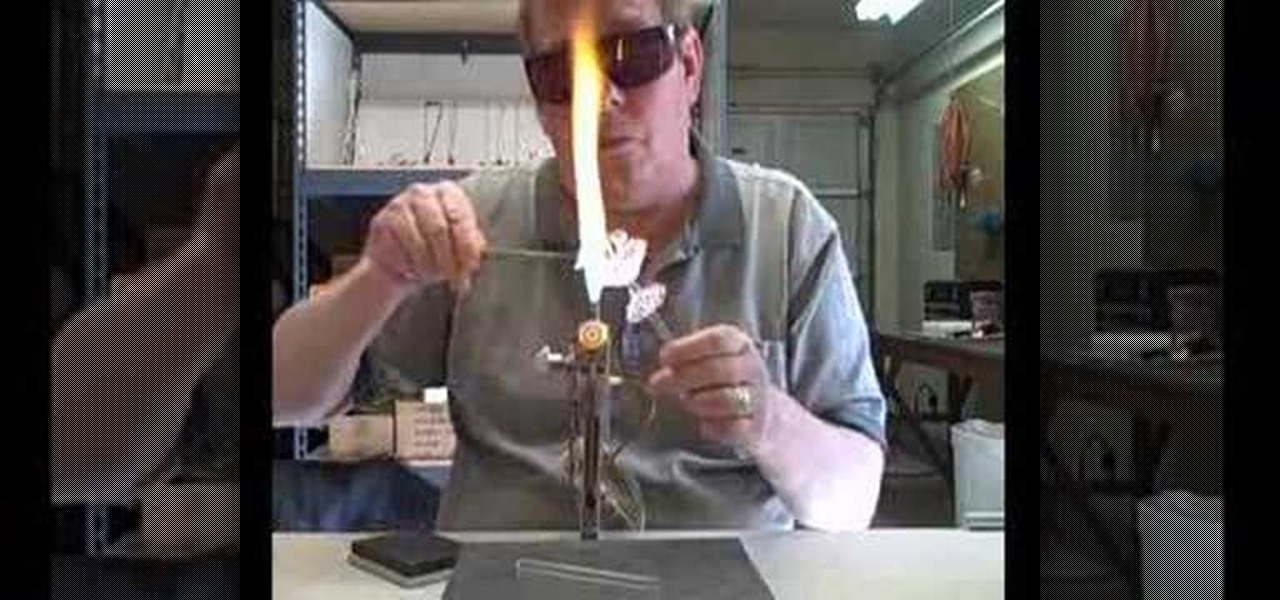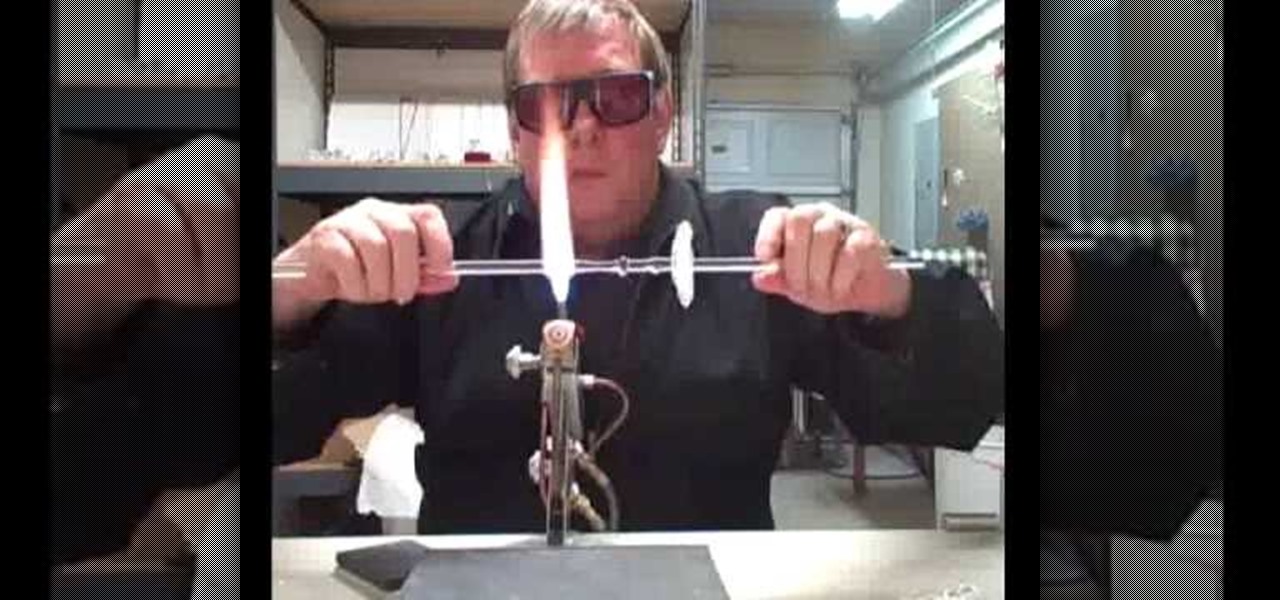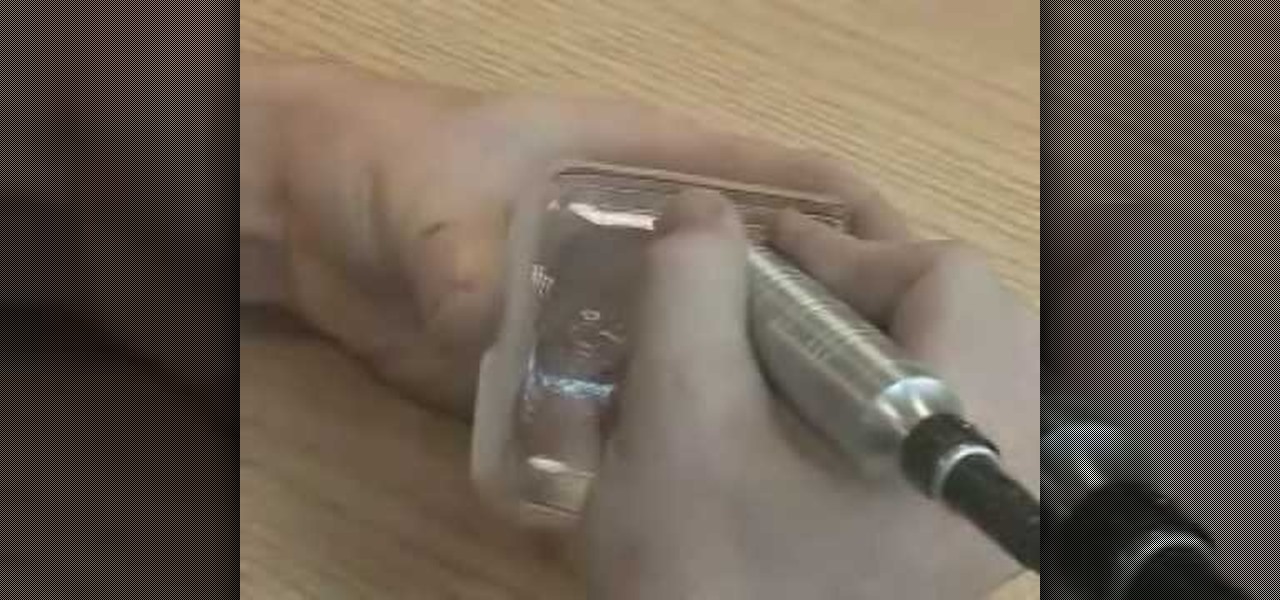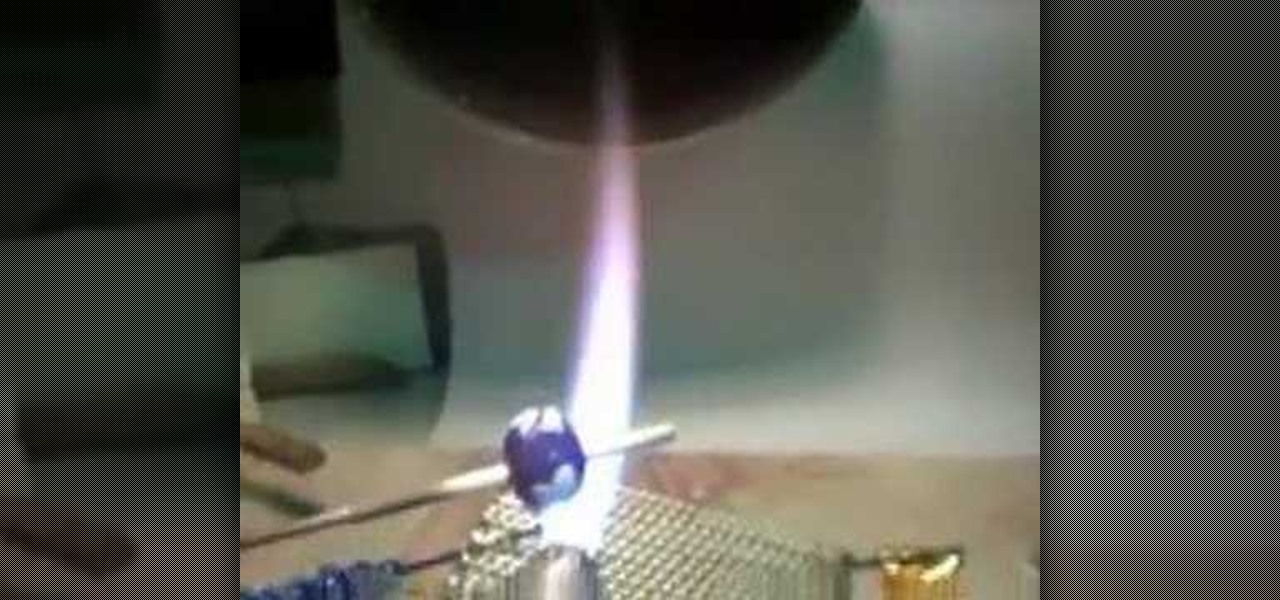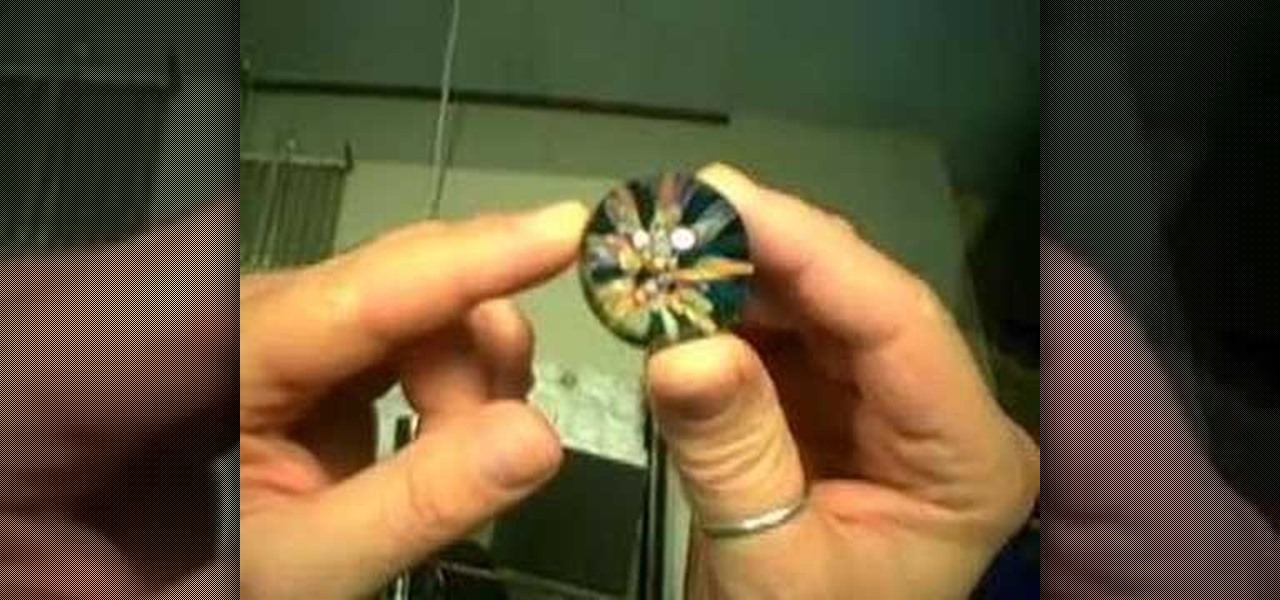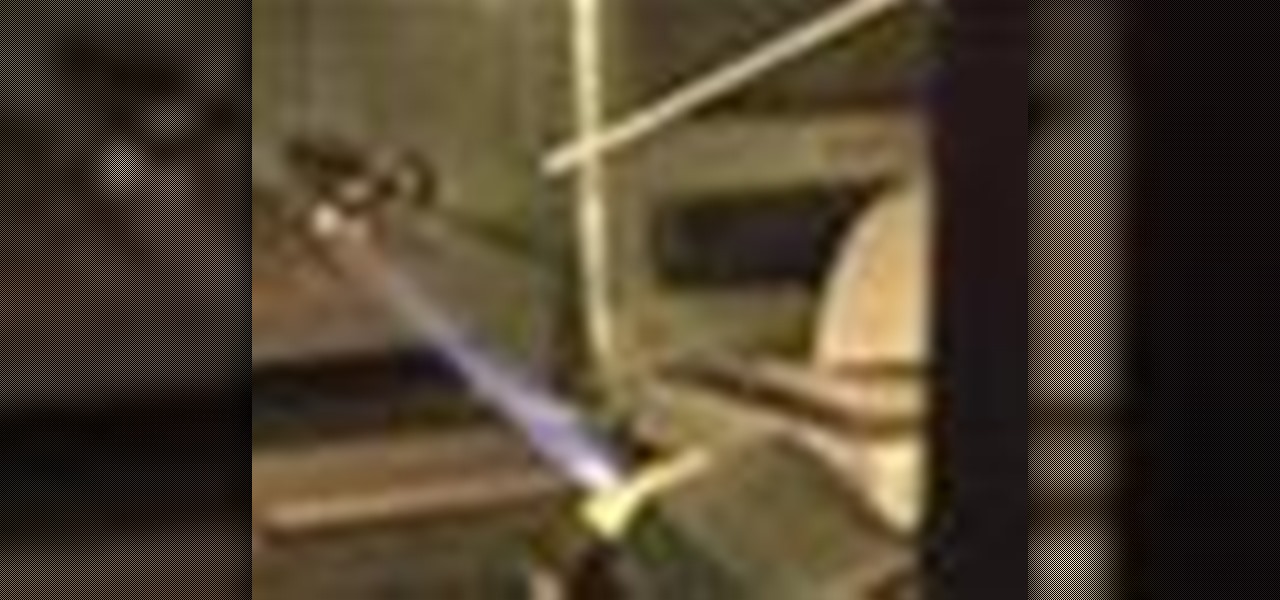
If you want to make some electrodes for electrochemistry, titanium strips are the way to go. It's rather interesting metal, and it's really hard, but can be cut with standard metalworking tools. Titanium filings are highly flammable, just like iron filings. But not everything is what it seems… this quick video on titanium and passivation electrochemistry tells why it makes it a bad anode if used without further treatment.
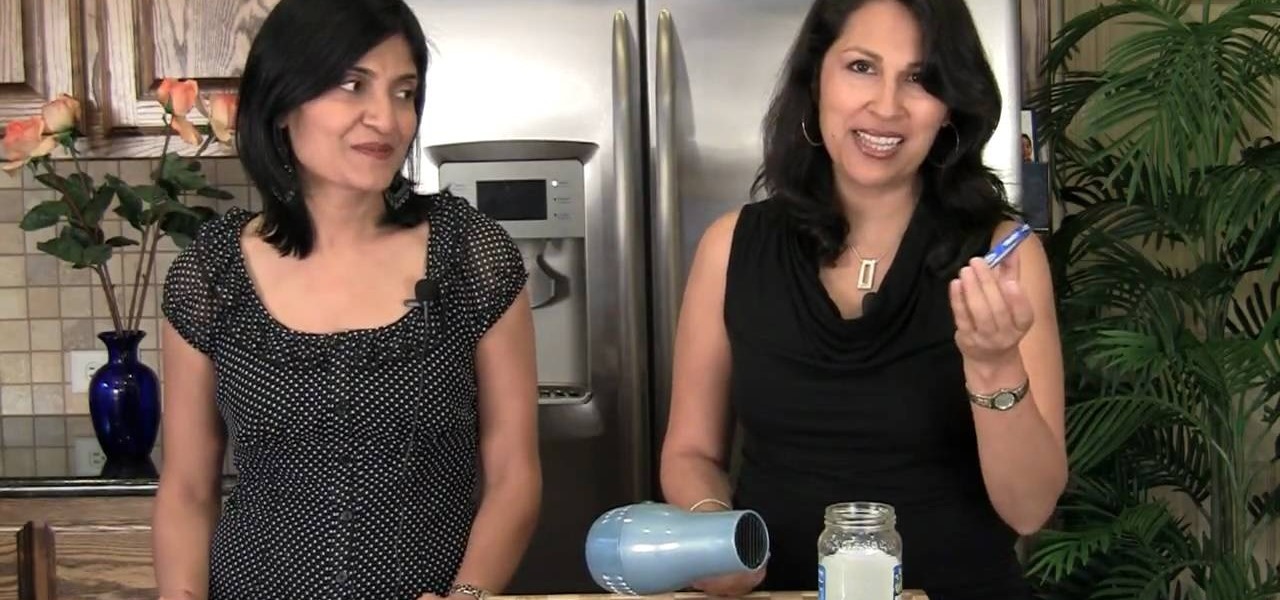
You don't have to throw out those glass jars! Every little bit counts, so you can feel good about making a small different if you start reusing your glass jars. Show Me The Curry has all the guidance you need to ensure that you get the most out of your glass jars and do your part to protect the planet. This video will show you how to resue glass jars.
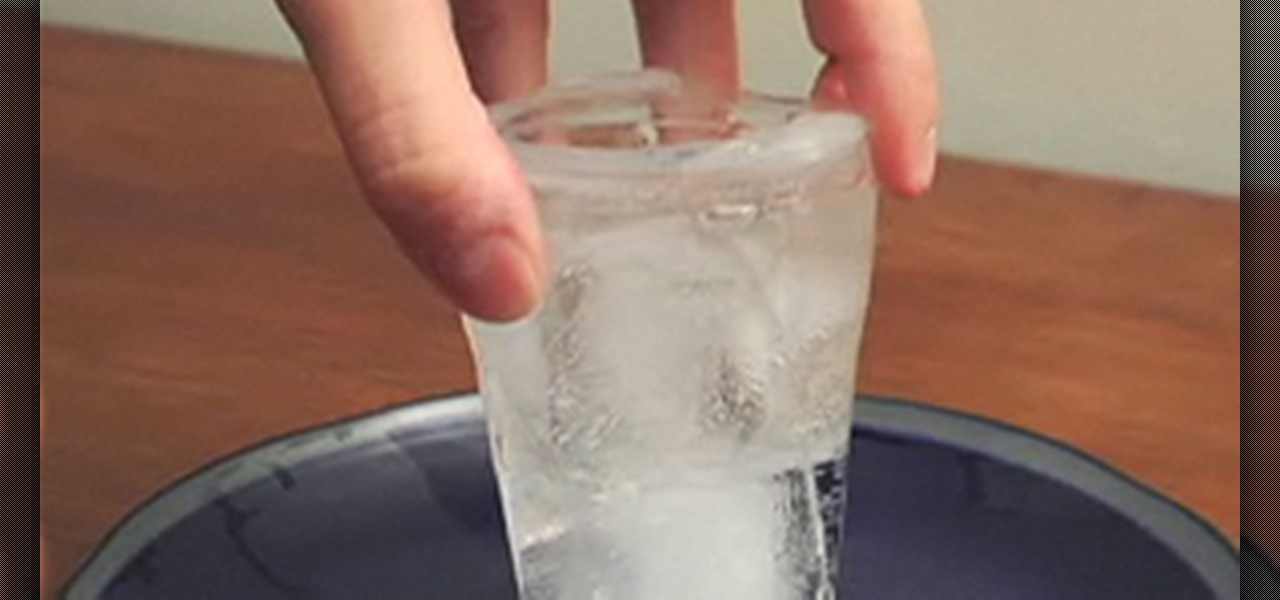
The coolest way to do a shot? Drink it from a glass made of ice. Learn how to make a shot glass out of ice.

Personalize your drinking glasses by etching names and messages on them. Your guests will be so impressed!
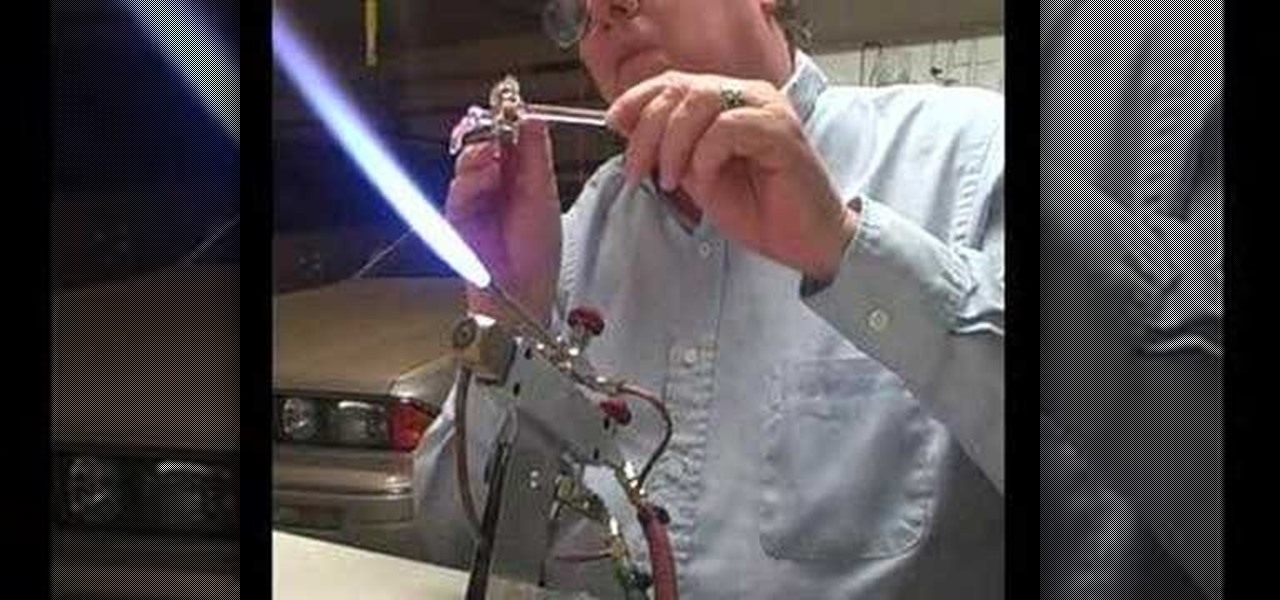
This lampworking video shows how to make a glass carousel with three horses
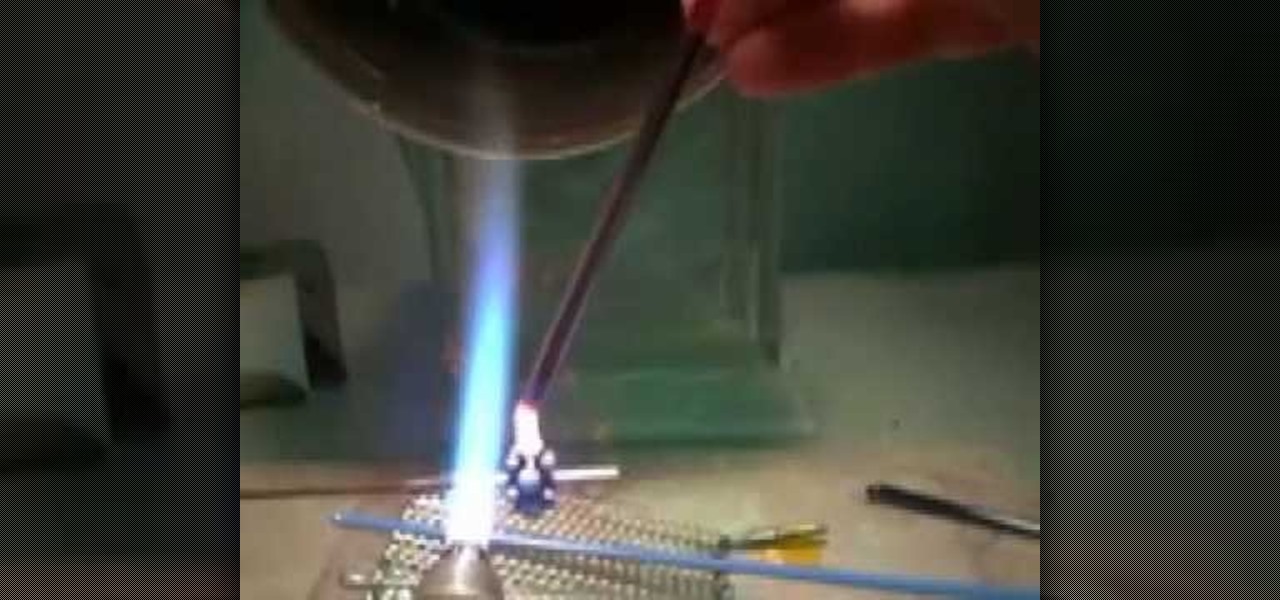
Here I use lampworking to make the classic plunge dot bead. I use COE 104 soft-glass - dark purple, light purple, periwinkle and clear. Under 10 minutes with seconds to spare... Whew.. Enjoy!

Glass normally doesn't conduct electricity, but there are all sorts of cosmetic and industrial applications for conductive glass. There are easy and hard ways to make it. This video will show you one so easy you can do it at home with only four ingredients: glass, Stannous Chloride, toothpaste, and alcohol.

In this video, we learn how to make the perfect Bacardi cocktail. First, grab a martini glass and a shaker and put ice into the shaker. Next, pour 1 1/2 oz of Bacardi into the shaker along with 1 oz of lime juice and a splash of grenadine. Now, place the shaker glass on top of the shaker and shake the drink until the glass becomes ice cold. Now, place your strainer on the shaker and pour into the martini glass. Garnish the glass with a lime and enjoy! If you want to step this up even further,...

This video shows you how to make a classic sweet martini cocktail that you can use for an entertainment surprise. The first public recipe was published in 1888. A dry martini has very little vermouth. A sweet martini has a little more vermouth. A perfect martini is a mixture of dry and sweet vermouth. To make the sweet martini cocktail we use a cocktail glass not a martini glass. Get the glass cold by putting ice and water into the glass. Get the shaker tin and put ice, 1 1/2 ounce of good gi...

Watch this science video tutorial from Nurd Rage on how to dissolve glass with drain cleaner. They show you how to dissolve that glass with sodium hydroxide (drain cleaner).

Erik from Indy Mogul shows you how to make sugar glass for $20. Sugar glass can be used to create breakable or break away glass FX for your films.

Sandblasting has a bunch of functions. It can be used to soften rough surfaces, roughen soft surfaces, take off unwanted surfaces, or shape a surface. If you're curious about the process and wish to try it yourself, you can check out this video to learn how to sandblast glass with experts at the Corning Museum of Glass.

Watch the process of glass pressing using a mold with experts from the Corning Museum of Glass.

Watch this demonstration of the making of a glass bowl with a Roman foot. This is taught by experts from The Corning Museum of Glass.

Don't know much about the dinner table? You know the basics: you eat from a plate, you use silverware to shovel it in and you drink from glassware. But what about if you're at a fancy dinner? Would you be able to distinguish a juice cup from a champagne glass? A white wine glass from a martini glass? If not, these two videos will show you which ones are which.

Do you have a mirror that needs fitting in your bathroom, living room, or bedroom? From My Glass Trades, a video on how to cut mirror. Learn about the tools and techniques used to cut mirror and how to use an oil filled glass cutter and neophenolic L square. Get your project done the right way, and study up before you begin!

Matt Baker blows a classic mushroom pendant,using the lampworking technique of glass blowing. Perfect for beginners.

This is a lampworking demo of how to make a bead that has a tie-dyed look. Ross used soft-glass for this bead.

In the perpetual search for a renewable and convenient energy source, our bacterial friends have once again stolen the limelight.

Sony Corp. is working on new battery technology that the company says would have a 40% longer life than a lithium-ion battery of the same size. Sony is planning to have the higher-capacity batteries on the market around 2020.

In a previous project, I showed how to build an electrical Jacob's ladder using an old microwave oven transformer (MOT). In this project, I modified the secondary coil on the MOT, which converts it from a high voltage/low current device into a low voltage/high current metal melter!

This instructional lampworking video demonstrates how to make a wick holder for an oil lamp. With a lampwork torch you can melt a small glass tube which you can use to hold a wick upright in a traditional oil lamp. This glass tube keeps the wick from slipping into the treacherous oil and preserves the flame.

Learn how to make a glass dragon with this lampworking tutorial.

Learn how to make a glass unicorn with this lampworking tutorial.

This lampworking video shows a technique for sculpting human like faces for glass figurines.

This lampworking video shows how to make a glass cross pendant.

Learn how to make a glass sculpted sea lion in this lampworking tutorial. I used 16 mm rod for this larger piece. It measures about 4 inches long and 1 inch diameter.

Learn how to make a spun glass bird bath in this lampworking video.

Learn how to make scales on a heavy spun glass base with separate trays with this lampworking tutorial.

This lampworking video shows how to make a glass encased butterfly pendant.

Learn how to make a spun glass angel with this easy to follow lampworking video.

Learn about using the Dremel™ tool for engraving glass. A Dremel tool can be used for creating decorative effects.

In this tutorial Suellen Fowler shows you how to make a beautiful borosilicate glass spinning top with her characteristic hobnail pattern.

Check out this video to learn how to solder stained glass projects.

This is simple way to make a flower pattern on a bead. I use COE 104 "soft" glass. Watch this lampworking video!

This is a layered bead with a little swirl added to each end for a ocean wave effect, using COE 104 glass. Learn this great lampworking technique!

This lampworking video will show you how to make a marble out of rods of glass.

Create interesting designs for your glass beads using a torch. Learn more about flame-treating your glass beads in this free bead making video from a professional bead making instructor.

Glass painting is both beautiful and easy to learn. In this free online series of instructional art lessons, learn how to paint on glass and everything you need from supplies to techniques, all taught by expert Jason Painter.

If you're a serious film buff then these glasses will totally give you a cinemagasm. This polarization filter uses a pair of 3D glasses as a base and combines the glasses with a lens cap to reduce glare and any reflections that could tamper with your viewing experience.








